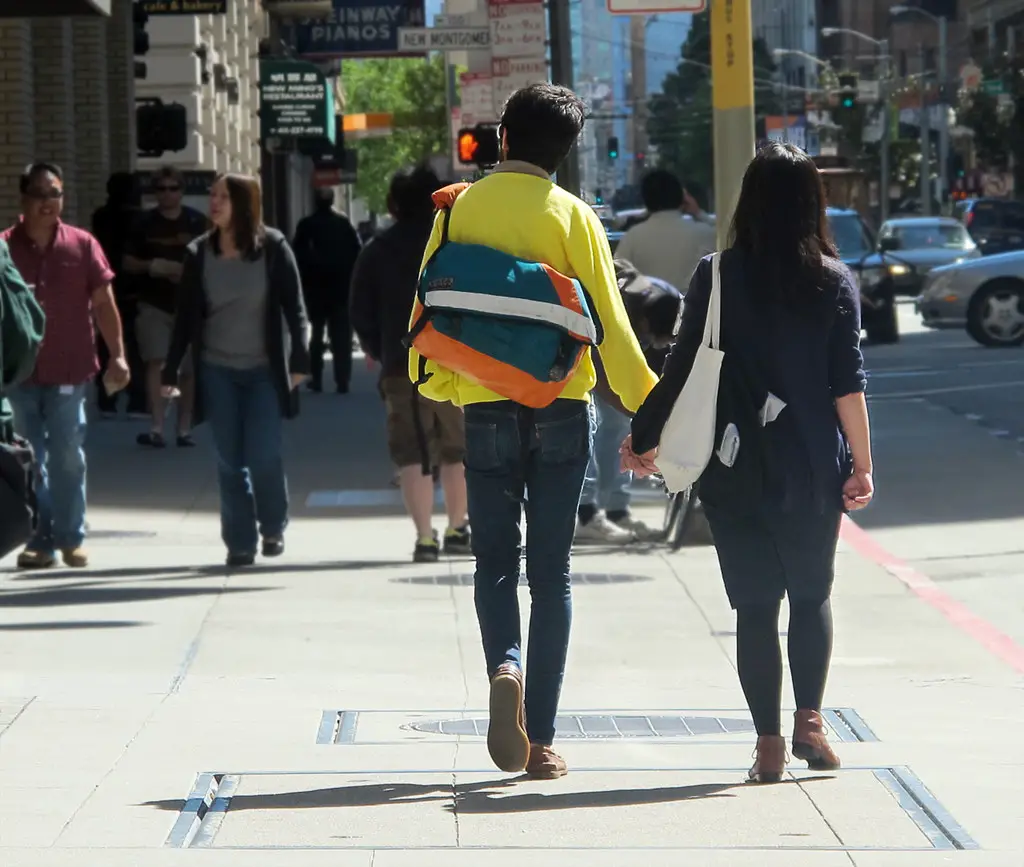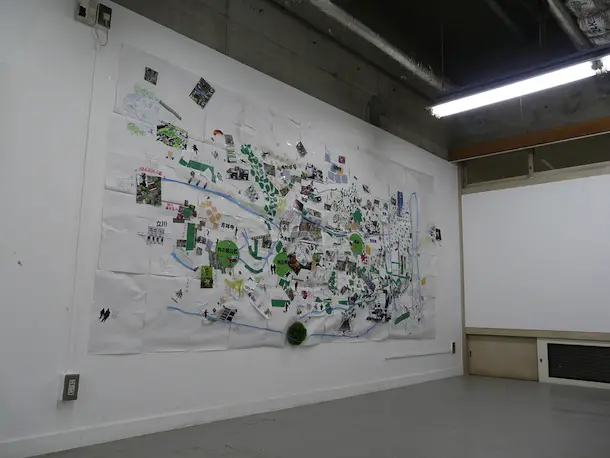You’ve all seen them, the plaques with years on them displayed around your city. They commemorate people, places or events that are import to the history of the city. Maybe you even stop to read them. Most likely you take them for granted and walk right by. How do we get people to really engage with these signposts of the city’s history?
In the City of Toronto, an innovative project took place that transformed the city into a history scavenger hunt. In response to proposed cuts to Heritage Toronto, an arms length organization that oversees heritage programs in the city, such as erecting plaques, and David Wencer (aka @Heritagerambler) a local heritage lover, organized a plaque-a-thon. The point of the exercise was to get all 250 Heritage Toronto plaques tweeted about over a weekend.
Participants were asked to use the Heritage Toronto map of the plaques, find them and tweet about either the content or an observation about each one. Alternatively, participants were asked to note places that should have plaques but do not.
I was lucky enough to be in town for two parties so I participated by finding the four plaques in the areas I was in. The first thing I noticed was that most of the plaques are in prominent locations, you can find them quite easily if you know the general area. It was fun to wander around a try and find them, while taking in the area’s context.

Second, historic plaques are an opportunity to build community. I was standing in front of one plaque reading about how the road was once a native trail and two ladies approached me. They proceeded to tell me the whole history of the area and invite me to the local museum next time I was in town. The plaque provided a starting point for conversation.
Over the weekend 80% of the Heritage Toronto plaques were tweeted about. Many non-city plaques were also spotted and a list was started of places that should have some recognition. About 20 people participated in the finding and tweeting of plaques, but the tweets were retweeted or quoted hundreds of times over twitter. Conversations were started about the plaques, and other places started talking about holding similar events. The plaque-a-thon even got media attention in the form of a news article.
This event was clearly successful as people engaged in finding and discussing the local plaques. The success can be attributed to three factors: one it was open to anyone to participate at their own leisure over a two day period anywhere in the city, and two it happened on a public forum, in this case twitter. The third reason for its success was that it gave people a chance to interact with their city’s history in a way that was meaningful that was public and related to showing support for an organization.


